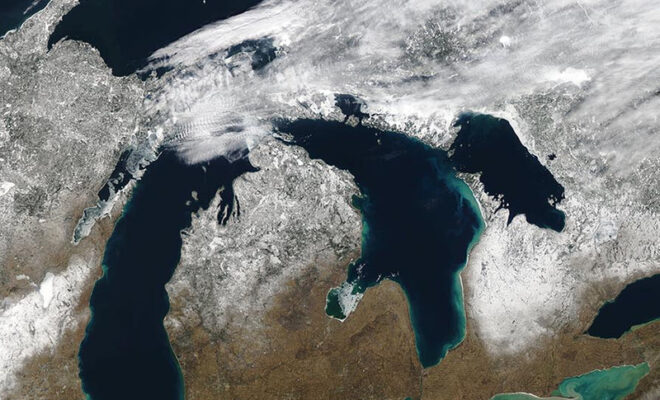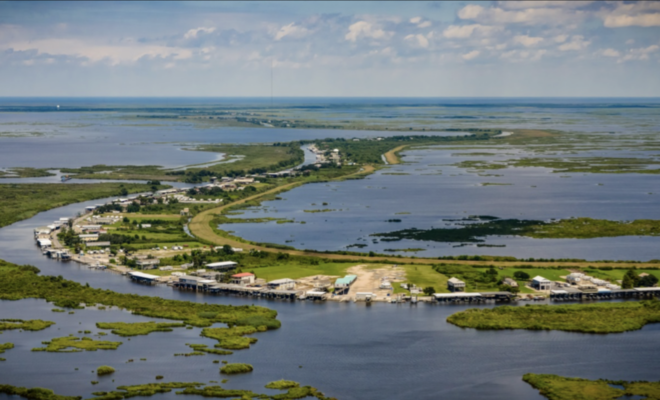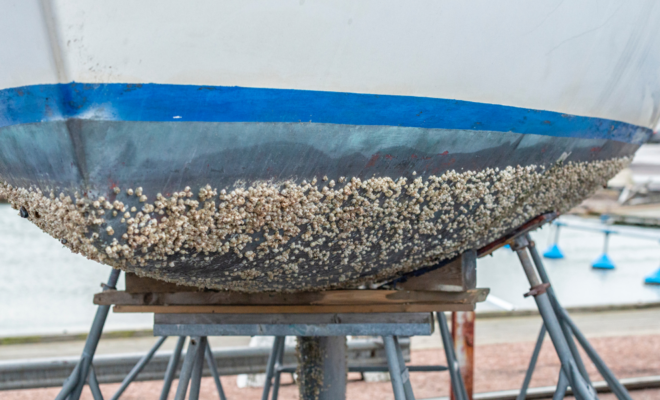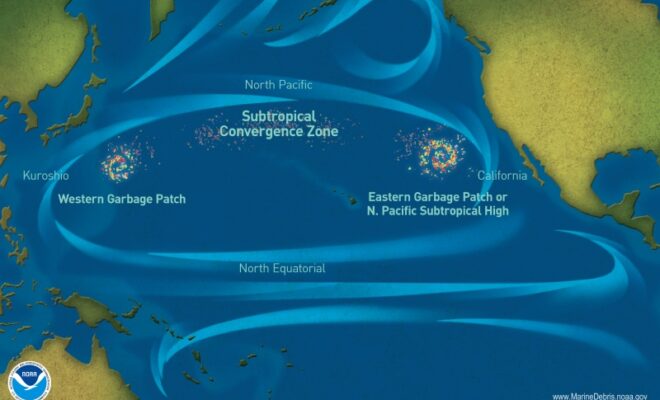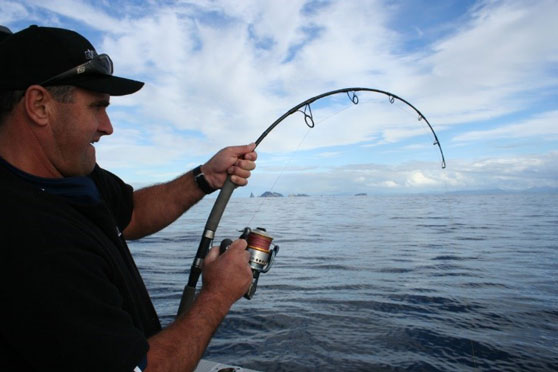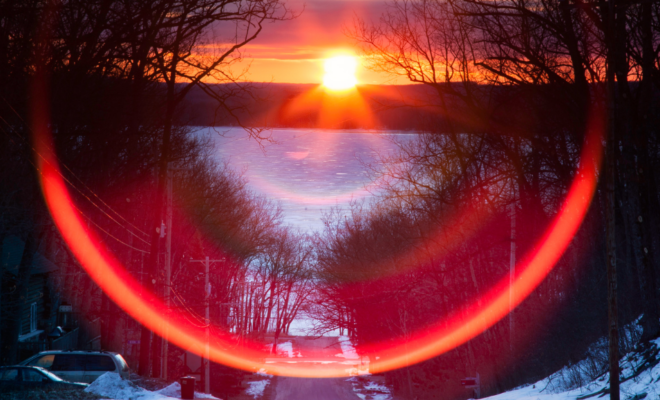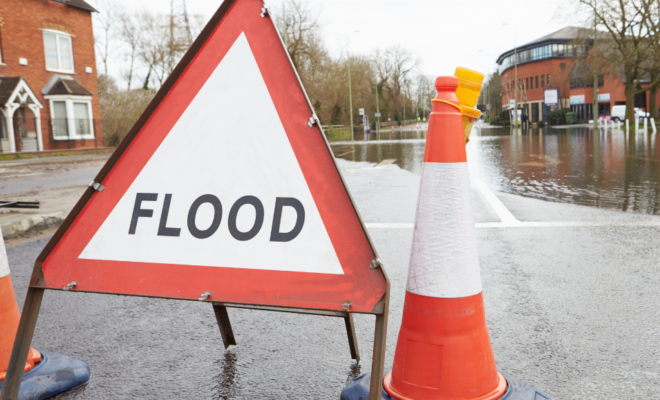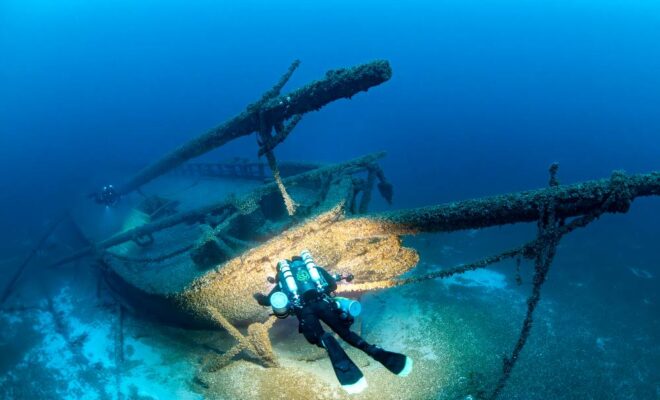Great Lakes Ice Reaches Historic Low
3/10/2024 - By nesdis.noaa.gov. For the second consecutive year, ice cover on the Great Lakes remains significantly below average for this time of year, which typically sees the peak of ice cover at levels around 53 percent. As of February 11, total ice coverage across all lakes measured a mere 2.7 percent.… SEE MORE
